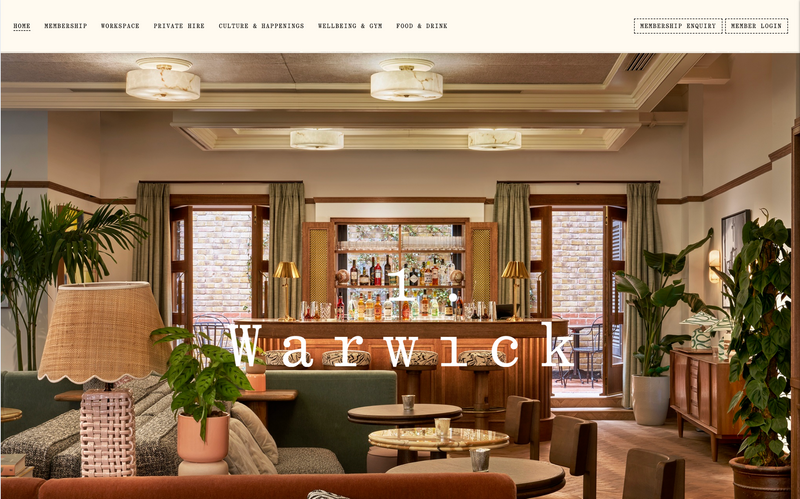Delivering Results for the Luxury Industry
We’re proud to partner with exceptional luxury brands, crafting strategies that create unforgettable experiences and foster lasting relationships with customers who appreciate the finest quality. By deeply understanding your audience, we drive your growth while preserving the essence of your brand heritage.
Where Technology Meets Timeless Luxury Experiences
Our team of designers, developers and strategists combine innovative design, cutting edge technology and deep analytical insights to create dynamic online experiences that boost brand presence and engagement. From bespoke e-commerce platforms to immersive storytelling, every digital touchpoint should reflect the luxury and exclusivity of your brand.

What We Do to Elevate Luxury Brands Online
We create stunning websites and digital experiences that rethink luxury online, crafted with meticulous attention to detail and tailored to elevate your brand to new heights. From breathtaking websites to immersive digital campaigns, every project we undertake is infused with a sense of sophistication and refinement, curated for audiences around the globe.
We create stunning websites and digital experiences that rethink luxury online, crafted with meticulous attention to detail and tailored to elevate your brand to new heights. From breathtaking websites to immersive digital campaigns, every project we undertake is infused with a sense of sophistication and refinement, curated for audiences around the globe.
Luxury, Reinvented Through Digital Innovation
Staying ahead of the curve is essential. That’s why we leverage the latest technologies and trends to create immersive experiences that deliver the high standard your customers expect. From headless development to innovation in UX, we explore new frontiers of digital luxury, consistently finding ways to push the boundaries. Through consistently refining our approach, we ensure our clients remain as leaders in their respected areas of the luxury industry.

Why Our Decades of Experience Mean Better Results for Your Luxury Brand
From luxury fashion houses to high-end travel brands, we’ve had the privilege of partnering with some of the most prestigious names in the industry. Our collaborative approach ensures that every project is infused with creativity and strategic thinking, tailored to your brand and exceeding your expectations. With a proven track record of delivering results and growth we specialise in turning brand essence into digital stories that resonate with affluent audiences worldwide. Let Propeller guide your digital transformation and help you create a digital experience that’s consistent with your luxury brand.

Hear it from our clients
We hit the jackpot with them. We continue to work with them as their support is so great. They brought a lot more to the table than just development.
Sarah Mespelt Larranaga, VP of Design, Freestream

The roll out, execution, and project management were exceptional. Thanks to Propeller, we experienced a 50% increase in traffic and a 150% boost in conversions to bookings.
Sharma Cook, Head of Marketing, JW Lees

Propeller have always responded promptly which has been hugely appreciated, thanks to the team for their support and patience.
Christie Valone, Digital Marketing Manager, Celtic Collection
Read more




